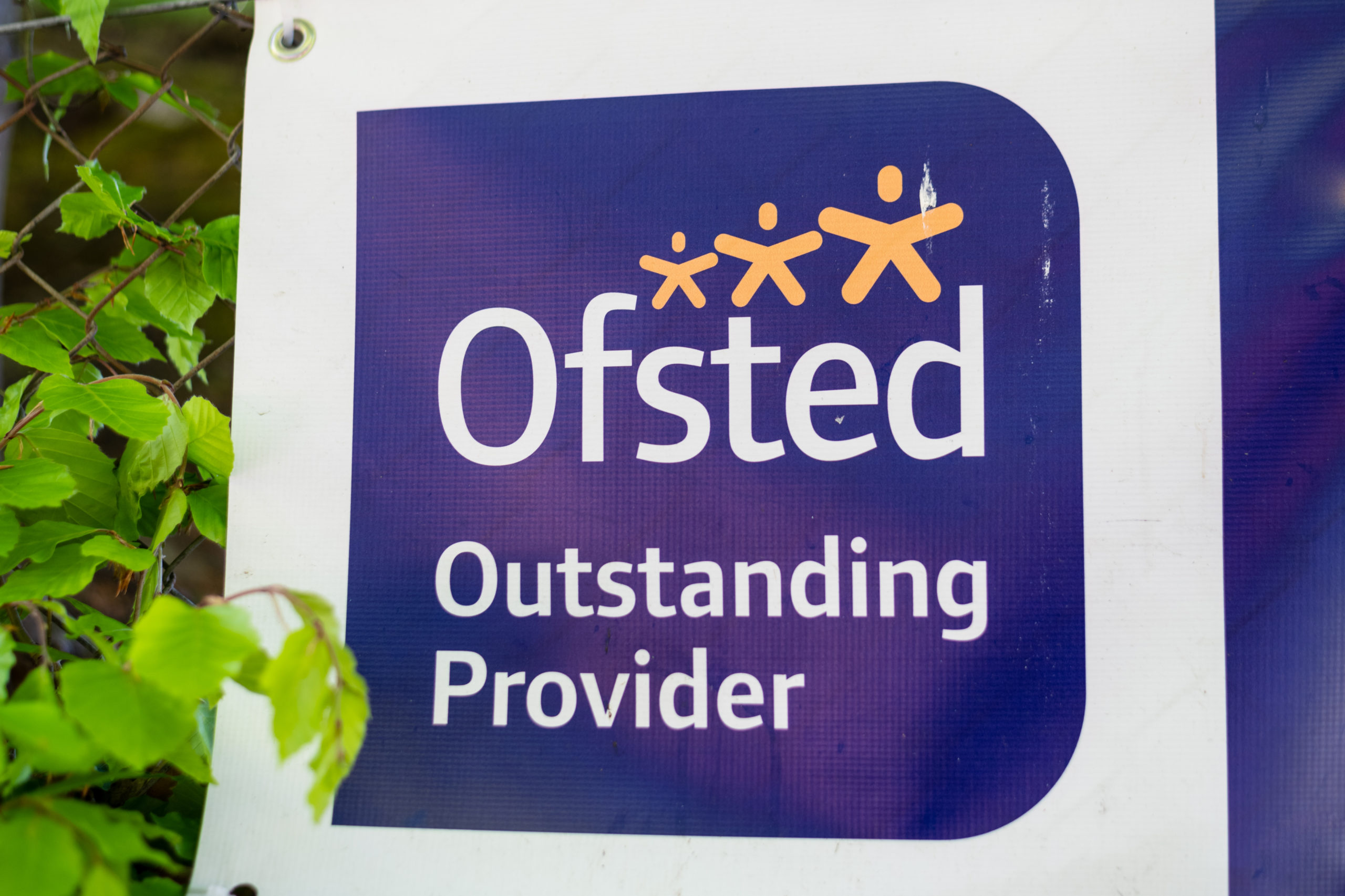
Whatever our personal feelings about OFSTED and the New Framework, the changes from September 2019 firmly demonstrate that reading is, quite rightly, high priority in any inspections. Indeed, to quote the new framework:
‘During all inspections of infant, junior, primary and lower middle schools, inspectors must focus on how well pupils are taught to read as a main inspection activity. They should pay particular attention to pupils who are reading below age-related expectations (the lowest 20%) to assess how well the school is teaching phonics and supporting all children to become confident, fluent readers.’ (School inspection handbook, Part 3, page 87)
So how, as leaders, can we ensure that the teaching of reading in our schools is the best it can be. To self-assess in this, we need to further consider the key themes that OFSTED will be considering and the evaluation statement that sits alongside this:
| School challenge | Evaluation Criteria |
| The leadership prioritises reading | The school is determined that every pupil will learn to read, regardless of their background, needs or abilities. All pupils, including the weakest readers, make sufficient progress to meet or exceed age related expectations. |
| The school has a reading culture and staff ensure they foster this at every opportunity. | Stories, poems, rhymes and non-fiction are chosen for reading to develop pupils’ vocabulary, language comprehension and love of reading. Pupils are familiar with and enjoy listening to a wide range of stories, poems, rhymes and non-fiction. |
| The content and sequence of the phonics programme supports pupils’ progress. | The school’s phonics programme matches or exceeds the expectations of the English national curriculum and the early learning goals. The school has clear expectations of pupils’ phonics progress term-byterm, from Reception to Year 2. |
| Reading books fully support the teaching and learning in phonics. | The sequence of reading books shows a cumulative progression in phonics knowledge that is matched closely to the school’s phonic programme. Teachers give pupils sufficient practice in reading and rereading books that match the grapheme-phoneme correspondences they know, both at school and at home. |
| Children are taught phonics from the start of Reception. | Reading, including the teaching of systematic, synthetic phonics, is taught from the beginning of Reception. |
| Pupils who fall behind are supported to catch up quickly. | The ongoing assessment of pupils’ phonics progress is sufficiently frequent and detailed to identify any pupil who is falling behind the programme’s pace, and targeted support is given immediately. |
| Staff are experts in early reading. | The school has developed sufficient expertise in the teaching of phonics and reading. |
Reading will always form part of any school inspection and it is important, as leaders, that we are able to articulate our school’s vision and implementation of a reading curriculum and how we will develop this further to ensure the following:
Karl Sampson summarises this when he states the following:
‘Unless pupils can read, they can’t access learning to the full. Getting the basics right is a moral imperative and a central plank of social justice. This means:
So how can using Monster Phonics in our schools support our children’s progress and support the development of reading in our schools? Well, if we consider the above aspects, and more, specifically around teaching in phonics, we can answer the following key questions around some Key Performance Indicators:
Lorem ipsum dolor sit amet, consectetur adipiscing elit. Ut elit tellus, luctus nec ullamcorper mattis, pulvinar dapibus leo.
| Are all of our staff trained in the SSP (Systematic, Synthetic Phonics programme) that our schools uses? | With Monster Phonics, initial training is provided and further support and INSET can ensure all staff are confident to deliver high quality teaching and learning. |
| Are the resources we use supportive of the phonics programme we are using? Do we have consistency across our school? | Monster Phonics provides a huge range of resources to support the teaching of the programme. Most of these, such as access to the comprehensive website, lesson plans, powerpoints are included when your school signs up. Additional resources to support, such as reading books and magnetic letters can also be purchased. |
| Is the phonics programme used promoting high quality delivery, high expectations and appropriate pace. | Monster phonics is matched to expectations for each year group, is multi-sensory and fun in delivery whilst ensuring the pace is appropriate for all children to reach expected outcomes at key benchmarks. |
| How is assessment used to inform planning and next steps? | Monster phonics provides comprehensive assessment materials which can be used throughout teaching and learning. |
| How does our school support the lowest 20%? | Monster Phonics can be used as your daily phonics lesson. Immediate, targeted, daily intervention, based on AfL can be additional, informed by the programme. It can also be used as intervention support for groups as appropriate. |
| Do children have the opportunities to apply their phonics in reading? | Monster Phonics has fully matched sets of phonically decodable books which allow children to apply their phonics learning in reading sessions. |
| Do leaders clearly understand phonics teaching and learning in their school? | Monster Phonics allows leaders to clearly monitor and track teaching and learning, intervention and develop a whole school approach which is matched to the National Curriculum. |
